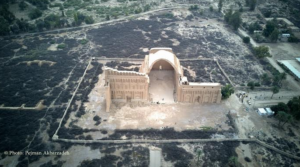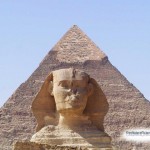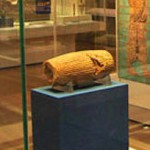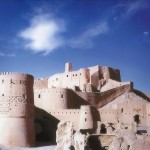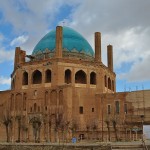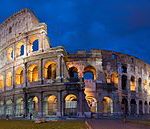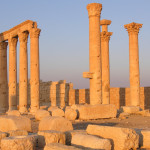Her Excellency, Ms. Audrey Azoulay
Director-General
United Nations Educational, Scientific and Cultural Organization (UNESCO)Paris, France
According to the reports, a representative of the Iraqi National Assembly recently released a video showing the fall of a part of cracked roof of Taq Kasra, urging for quick action in order to save this ancient site. According to this official a section of the roof, larger than a meter across has fallen from the roof of this majestic archeological site endangering the integrity of the whole building and structure. However, as far as we know no response and assistance has been provided to this call to this date by any of the Iraqi authorities.
Taq Kasra, also known as the Arch of Ctesiphon, is the world’s largest brick vault and the symbol of the Persian Empire from the Sasanian era (224-651 AD). The monument is located about 35 km south of Baghdad, in modern-day Iraq, which was, at the time, part of Persian Empire. Taq Kasra is also considered one of the most beautiful and unique architectures in the world. Since many of the historical monuments in Iraq are part of the historical identity of Iranians, we believe that the preservation of these sites are greatly important not just to the Iraqis but also to Iranians.
Unfortunately, since the Iranian government has continuously behaved in a negligent manner towards preservation of pre-Islamic sites even in Iran. We, as the first non-governmental organization (NGO) in the United States of America working on preservation of Iran’ s cultural heritage and countries that are suffering from poverty, war and neglected governments, urge your attention to the dire condition of Taq Kasra immediately. While we understand that Taq Kasra has not yet been listed on the UNESCO World Heritage List due to lack of interest and consideration of the two governments of Iraq and Iran, UNESCO is still obliged to pay attention to damage and destruction of a major archeological site which could be considered a part of the
collection of the cultural heritage of humanity.
With Regards,
Shokooh Mirzadegi
Executive Director of World Cultural Heritage Voices
www.wchv.org

